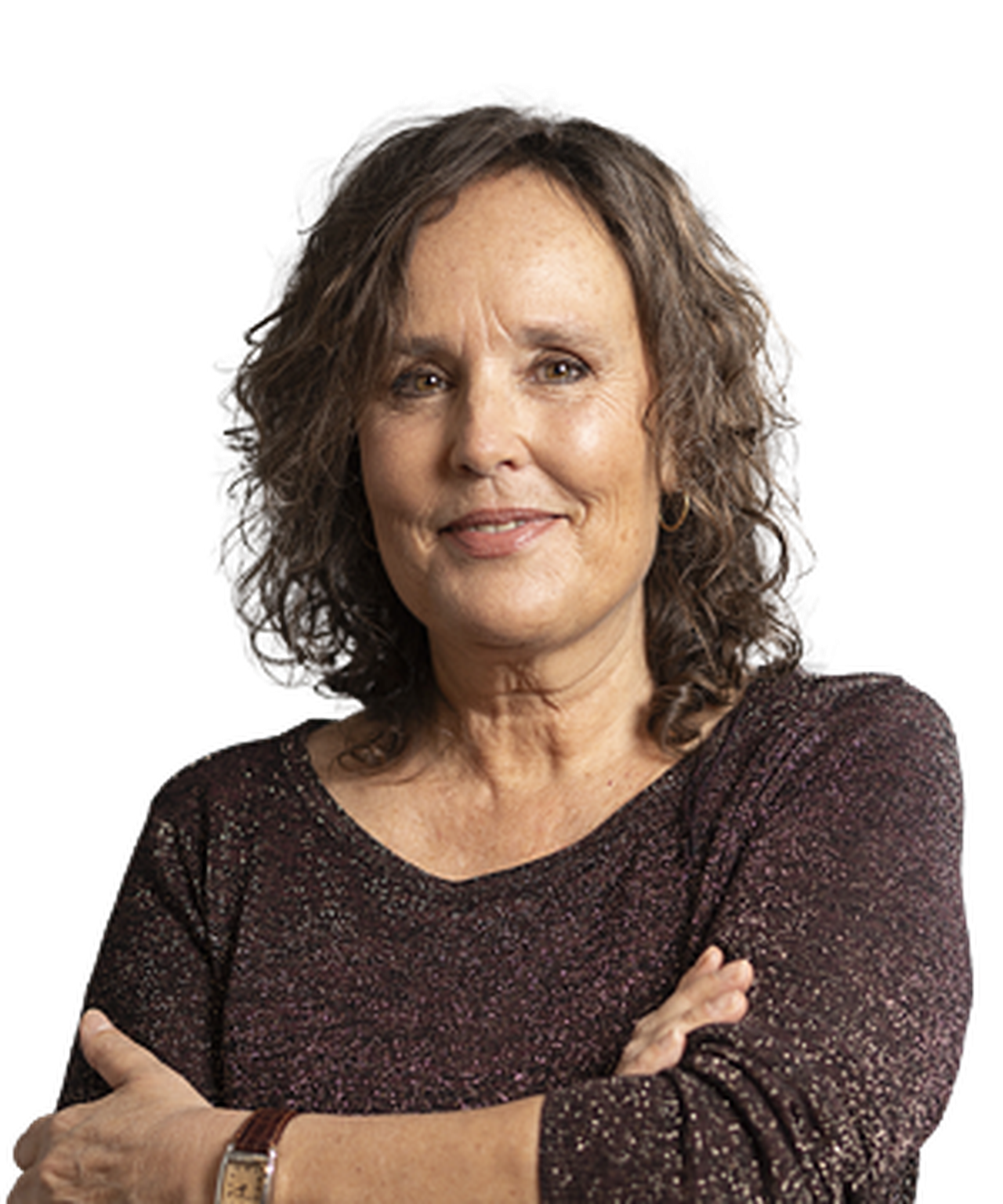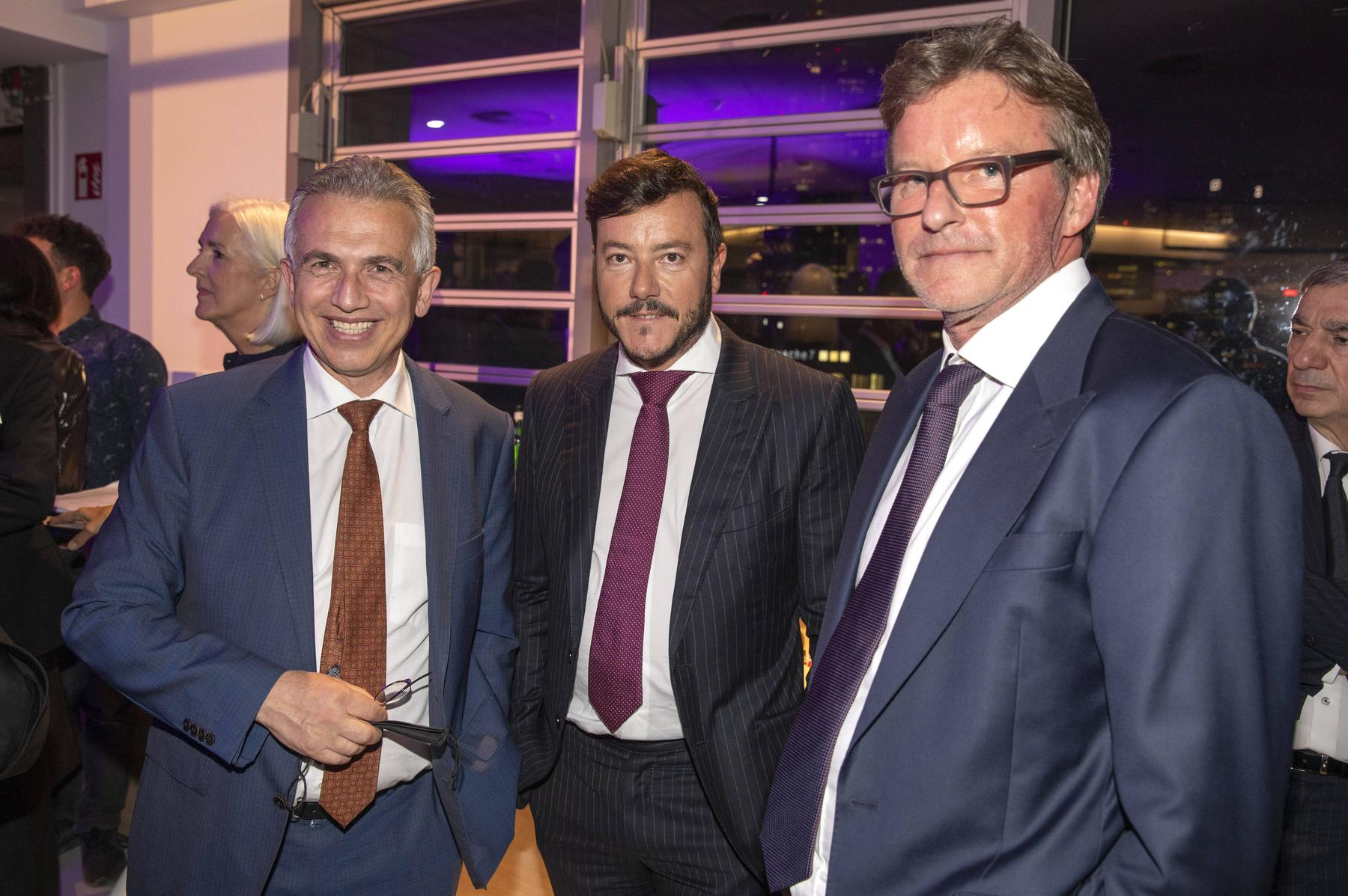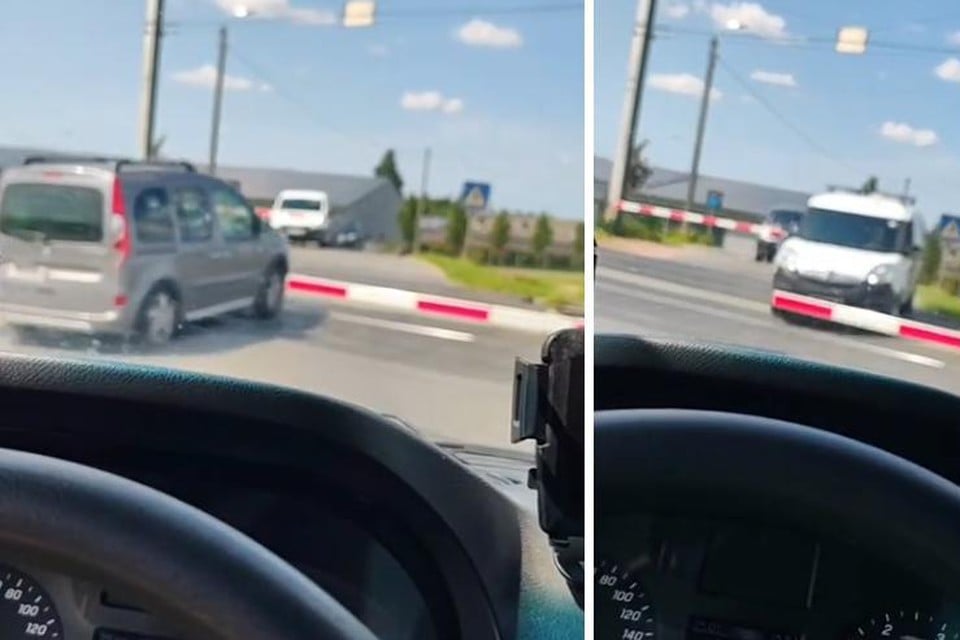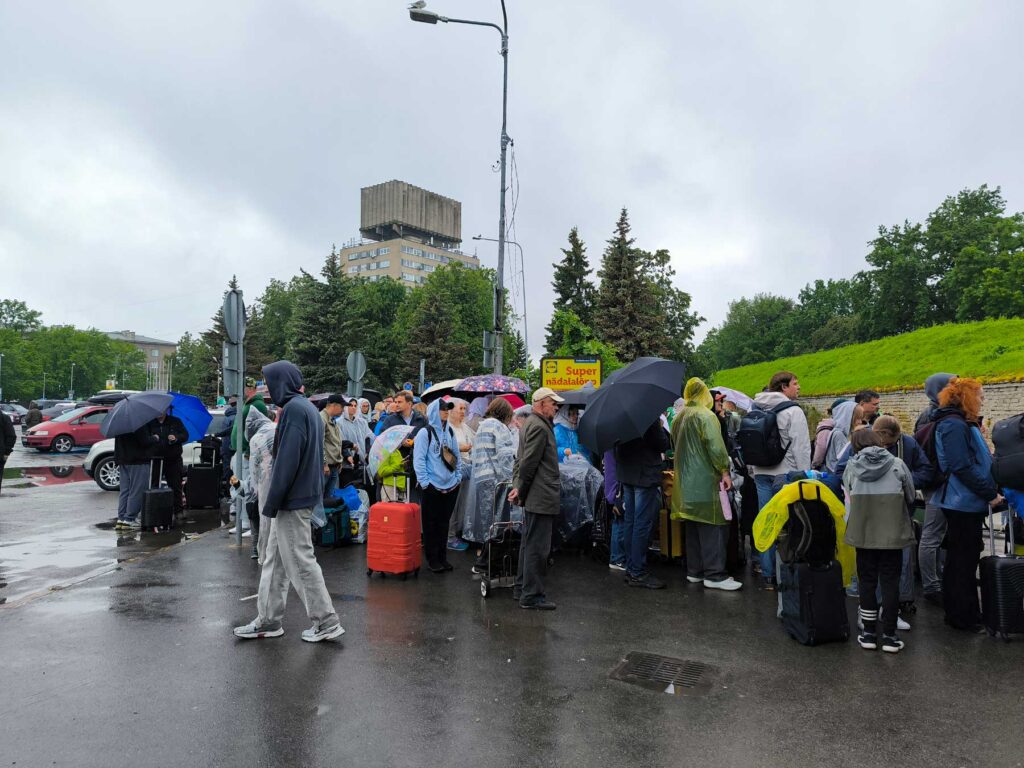The award-winning figurative art by Reinier Lucassen reached to the NS train sets
/s3/static.nrc.nl/images/gn4/stripped/data133765929-d429d6.jpg|https://images.nrc.nl/royXSemV2Y87eKTOl1tkgW6FdcI=/1920x/filters:no_upscale()/s3/static.nrc.nl/images/gn4/stripped/data133765929-d429d6.jpg|https://images.nrc.nl/nncQD9VXYa2TzYIl5phcdmU7rYU=/5760x/filters:no_upscale()/s3/static.nrc.nl/images/gn4/stripped/data133765929-d429d6.jpg)
« Art makes life worthwhile, » said artist Reinier Lucassen last year in a conversation with NRC. The reason for the interview was a rather special auction: he offered part of his own art collection, with 249 lots. This showed which broad artistic interests he had developed in the six decades of his artistry. The collection contained masks from Papua New Guinea, etchings of Outsider artist Willem van Genk, and a painting with a caviar by Georg Herold. A collection that was typical of artists’ eyes, said Venduehuis expert Peter van Beveren: « He collected everything that intrigued him. » His gallery, Willem Baars Projects, announced that Lucassen died last Saturday at the age of 86.
The artistry of Lucassen started in the late 1950s, with a study at the Institute for Applied Arts in his hometown Amsterdam. Around 1960 he developed a figurative painting style that would make him one of the important post -war Dutch painters. He was a representative of the so -called ‘new figuration’, together with Alphons Freijmuth, Pieter Holstein and the Belgian Roger Raveel. Just like Nouveau Realism, this movement was seen as a European counterpart to the American pop art, while all those currents were in turn reactions to the dominance of abstract art.
Reinier Lucassen in 2009. Photo Leo van Velzen
Also non-figurative elements
But Lucassen also processed non-figurative elements in that figurative style. As in the painting A cozy corner from 1968. That is an interior with an armchair, table lamp, plant, and also a completely abstract strip of red and green blocks. Because the NS recorded an image of it in different train sets, it is probably his best -known artwork.
Moreover, this work characterizes the airiness of his painterly approach, in which he combined abstraction with ordinary everyday things. Banalities, which he nevertheless also spoke seriously. In 1972 he said he was never busy « being humorous, making anti-art or to parody whatever. » But he also said that art is « not about intellectual issues, » because « about feeling. » On the other hand, he also said to paint « absolutely objektief », « with a maximum of impersonality. »
And so, with his statements and his paintings, he kept the mystery of painting intact.
Gestation
The new figuration caught on, he exhibited with kindred spirits, and in 1967 he founded the International Institute for Realization of Artists with Ger van Elk and Jan Dibbets, which produced a number of manifestos and projects. From the 70s he transferred his ideas to a younger generation when he started teaching, at the AKI (Academy of Art and Industry) in Enschede. In 1986 he exhibited for the Netherlands in the Rietveld pavilion on the Venice Biennale. His work was fully shown in museums at home and abroad and ended up in collections of, for example, the Stedelijk Museum Amsterdam, Museum Boijmans van Beuningen in Rotterdam and the Centraal Museum in Utrecht.
Magical and mythical remained his work, a barrel of contradictions, also in the abstract works that he was going to make in the 1980s or the assemblies of the years 10. It could happen that a shepherd dog was disguised as a Spider-Man about Dutch heritage with mills and clogs. A number of times his work has been awarded prizes. Last year, the year he turned 85, he received the Jeanne Oosting prize for painting. « The oeuvre of Lucassen is of a great painterly wealth. As a explorer, he has seen, questioned and felt the world – and all converted this into his art, » the jury said.
Read also
This interview from 2024 with Reinier Lucassen

:format(webp)/s3/static.nrc.nl/wp-content/uploads/2024/04/11164845/data114172136-9e6571.jpg)
:format(webp)/s3/static.nrc.nl/bvhw/files/2023/12/data109151000-eaa6de.jpg)

/s3/static.nrc.nl/images/gn4/data133759041-e32ea6.jpg)



